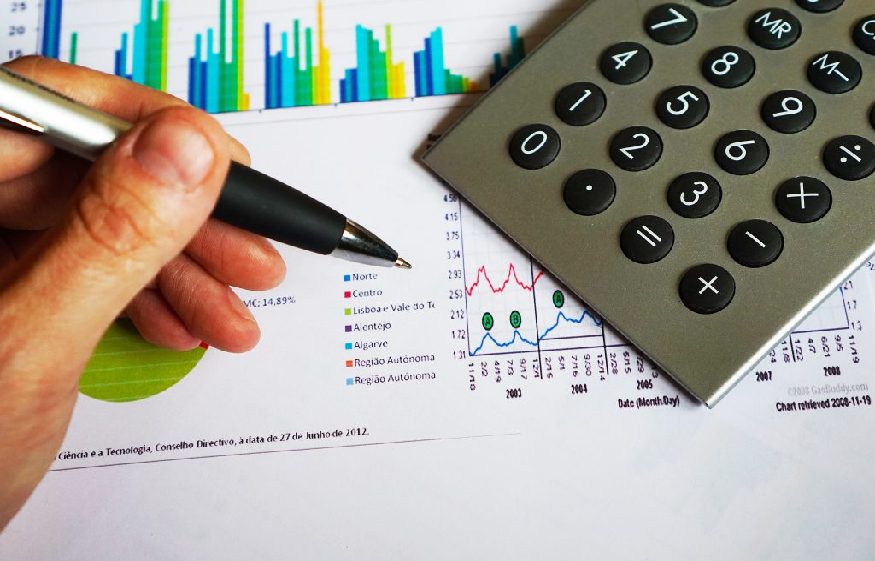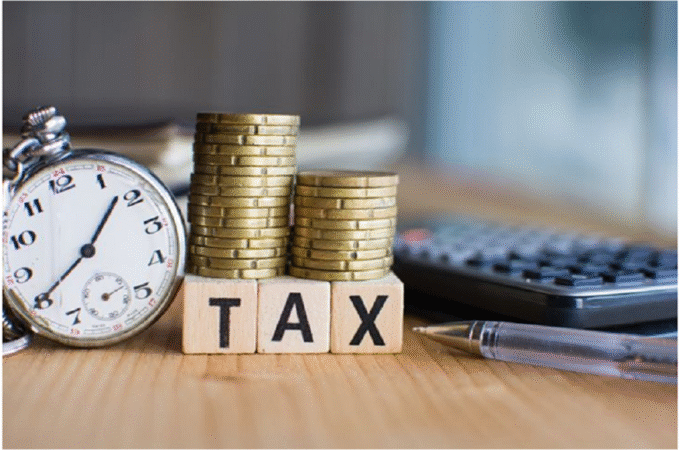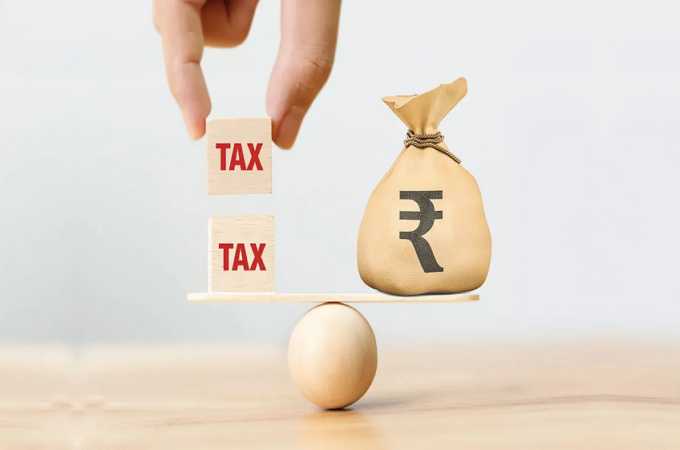
Starting a business? Here’s what you need to know about VAT Returns
It can be an exciting, and scary, time when starting a new business. There are hundreds of little things that you need to take care of and it feels like the admin will never end. One area you can’t leave too late is to get your business VAT-registered. This is to ensure you stay compliant with the tax authorities. You’re then going to need to regularly file VAT Returns to HMRC. We’ve got you covered with everything you need to know about VAT Returns.
The basics of VAT Returns
As you know, governments receive funding through tax. This is imposed on most products including services, and is known as Value Added Tax (VAT). For most items in the UK, a rate of 20% VAT is applied. However, there are some specific instances where a lower rate of 5% or even sometimes zero percent is applied. The specific categories where these applied can be found on the UK government website. You should generally assume that the standard VAT applies to your business.
Once you are VAT-registered you will be required to file an online VAT Return every three months (once a quarter). This is a summary of your revenue and costs, as well as the amount of VAT you must either pay or are able to reclaim from Her Majesty’s Revenue and Customs (HMRC).
Please note, just because you are VAT-registered does not mean you can automatically submit your VAT Return online. To do this you will need to register a profile on the UK government website. Once you have done so, you will be able to use your Government Gateway ID and VAT number to file your VAT Return.
Why did VAT Returns go digital?
In recognition of the fact that most of the world operates on digital platforms and tools now, HMRC embarked on a project to make taxation more efficient, transparent and online. This is what is known as the Making Tax Digital (MTD) initiative. A beta version launched in April 2019 for VAT-registered enterprises with an annual turnover above £85,000. The programme was a success and was soon adopted on a large scale.
Once you have registered for MTD, you will only be able to file your VAT Return through the government website or through compatible software. This is advantageous for businesses as it makes it much simpler to maintain and submit data, whether through an app or even by submitting your VAT return directly from any Excel spreadsheet.
You will still need to submit your Return through MTD-compatible software even if your annual turnover falls below the VAT registration threshold. To not have to file, you will have to deregister from VAT or be exempt from MTD.
Submitting your VAT Return online
Some businesses still prefer to keep track of all their financial records through spreadsheets. As noted above, HMRC has allowed for businesses to submit these directly for their VAT Returns through bridging software.
Other businesses prefer to use the online form provided on the tax section of the government website. When you’re ready to fill this out, you will need to provide exact details of your spend and income for the period in question. These include:
- VAT due this period from sales and other outputs
- fVAT reclaimed in this period on purchases and other inputs (including acquisitions from the EE)
- The total value of sales and any other outputs, excluding any VAT
If you are making use of a special VAT accounting scheme (such as the Flat Rate VAT Scheme), it may alter what information you are required to provide.
Will I be in trouble if my VAT Return is late?
So as long as you only make one late VAT Return within a 12-month period you will not have to worry about any fines or surcharges. A “default” will be placed against your record, and this will fall away once 12 months have passed.
If you do default again, you then may need to pay a fine or surcharge that is calculated based on the amount of owed VAT. This exact amount will depend on how many times you have defaulted as well as whether your yearly turnover is above £150,000.




